
What are copper futures?
Copper futures provide traders with direct exposure to speculate on the price fluctuations of copper. Often called “Dr. Copper,” as it can be considered a gauge for the health of the global economy, the copper futures market can help diversify your trading portfolio and is an efficient trading alternative to mining stocks and ETFs.
Copper is heavily employed in the production of automobiles, electronics, and many other manufacturing processes. Due to its durability and antimicrobial properties, copper is also a key building material for homes, commercial buildings, and other large infrastructure projects around the world, making it a uniquely important market for traders.
Why Trade Copper futures?
Copper futures (contract symbol = HG) offer traders an opportunity to diversify their trading portfolio as copper is generally uncorrelated to equity and other futures markets. Benefits of trading copper futures include the ability to:
Speculate effectively on the global economy using copper as a benchmark
Trade on a level playing field with transparent price and volume data
Nearly 24-hour trading of copper futures with good liquidity to capitalize on unique opportunities
Trade a Micro contract for increased position precision and flexibility
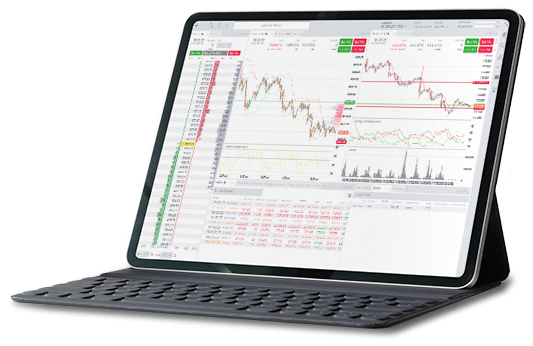
Trade Micro copper futures to reduce financial commitment
At 1/10th the size of standard copper futures contracts, Micro copper futures contracts allow traders to access dynamic markets with lower costs and reduced day trading margins. Other advantages of trading Micro copper futures include:
- Increased flexibility to scale in and out of positions
- Ability to manage trade risk more precisely
- Highly leveraged instrument for more buying power
Leverage also increases the risk associated with futures trading and only risk capital should be used for trading.

Who trades copper futures?
Copper futures traders can be broken down into three main groups:
- Commercial traders are typically trading futures to hedge the price of copper. For example, copper mining companies that trade futures are hedging known copper reserves that are yet to be mined. Commercial traders are also industrial companies that use large amounts of copper for construction and manufacturing. Commercial traders who buy copper futures contracts will often take delivery of copper.
- Large professional speculators are typically commodity pool operators, proprietary trading firms, institutional investors, and hedge funds. These traders are purely speculating on the price movement of copper and generally do not take delivery or hold actual copper. Typically, commercial traders and large speculators make up 90% or more of the daily trading volume in copper futures.
- Self-directed retail traders make up the remaining daily trading volume in copper. Like large speculators, they rarely take actual delivery of copper and prefer to close their future contracts to avoid delivery.
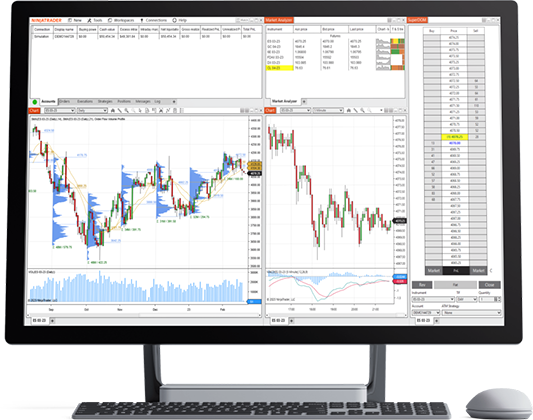
What impacts the price of copper futures?
When the economy is strong, there is a higher demand for copper which may lead to an increase in its price. Conversely, when there is an economic downtrend, demand for copper is low and the price of copper may decrease.
As copper is a key strategic metal, many countries have begun stockpiling it to avoid supply disruptions, which can increase demand and prices temporarily. News and reports related to advances in mining technology, alternative materials, increased recycling, and undiscovered deposits can also have short-term effects on the price of copper.
There are other fundamental factors that can affect the price of copper over both the short- and long-term. Traders wanting to profit from price movements in the copper futures market should keep abreast of current economic news and events and have a good understanding of key fundamental pricing factors in the copper futures market.

Watch Daily Live Futures Trading
Join our livestreams each weekday as we prepare, analyze and trade the futures markets in real-time using charting and analysis tools.
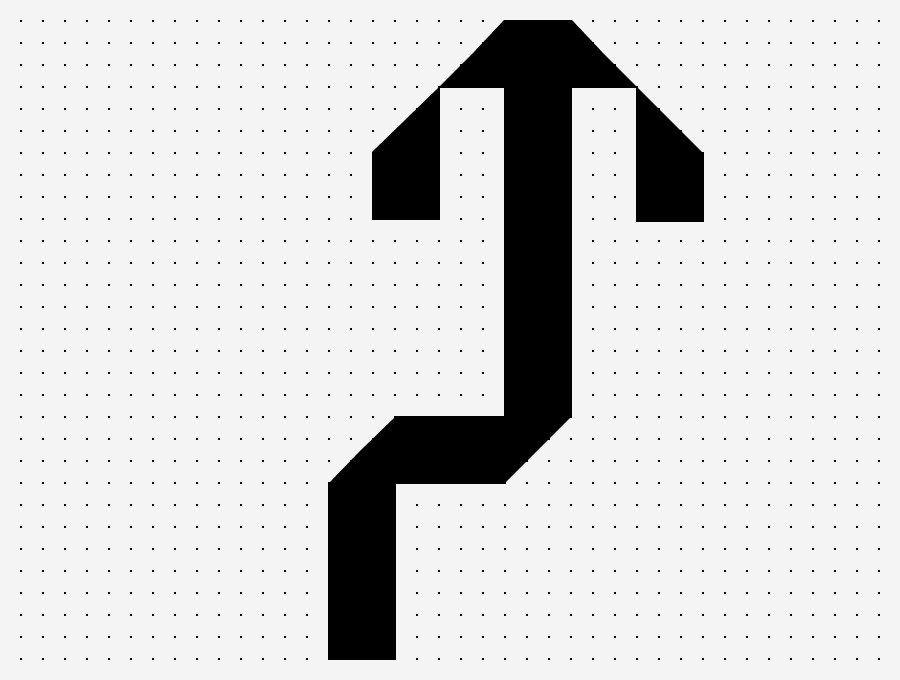
Intro To Technical Analysis
Learn to leverage technical analysis to target futures trading opportunities and identify trends using chart types, indicators and more.
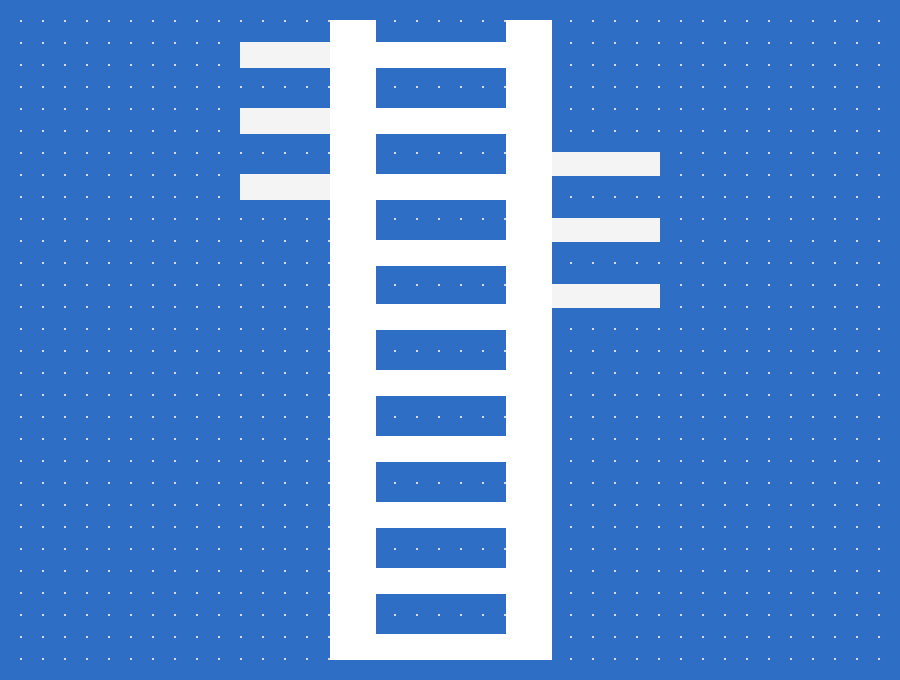
Develop The Trader In You
Get started on your path to learn how to trade futures through our introductory video series outlining the first steps in your trading journey.
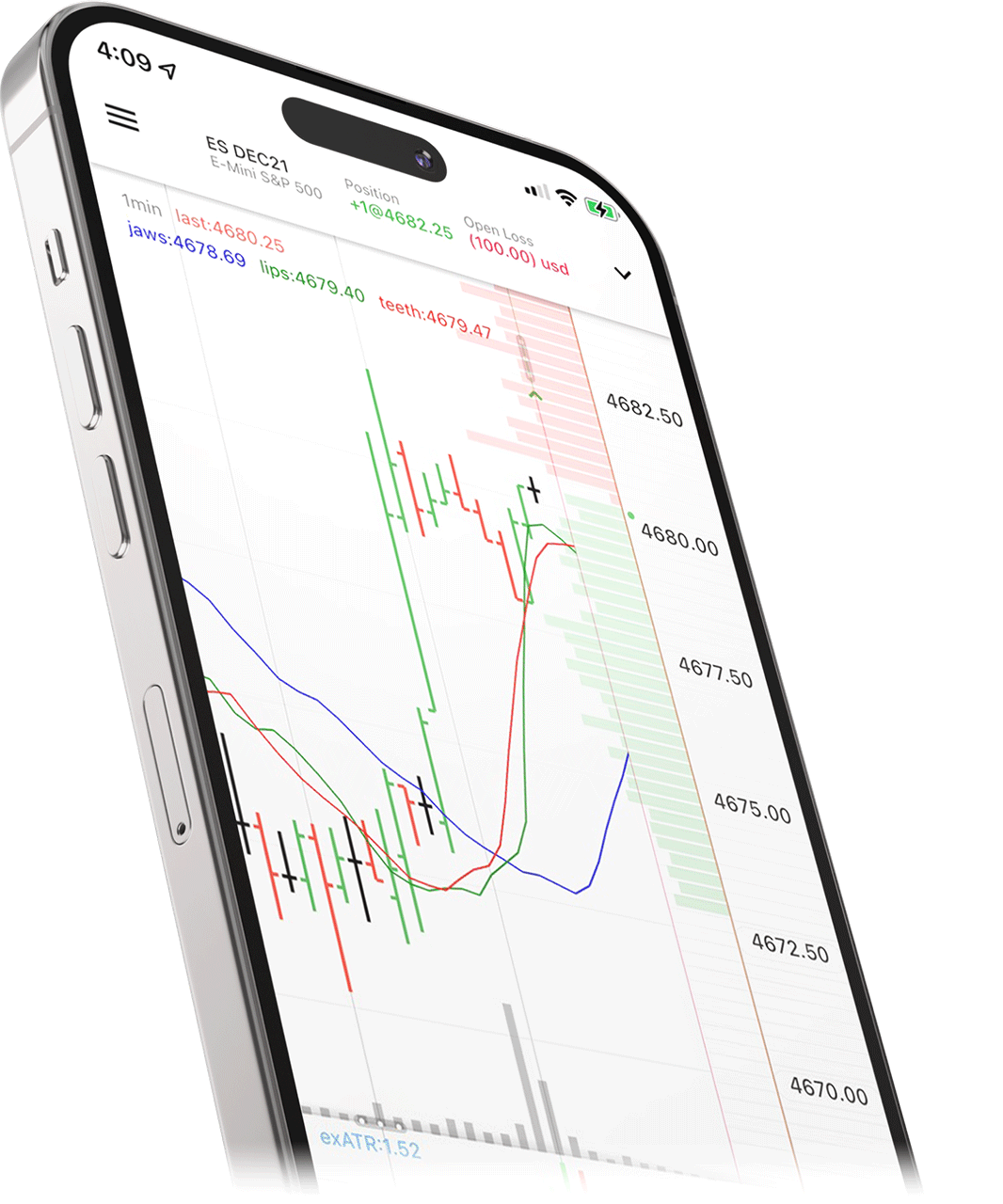
Risks of Copper Futures Trading
Copper futures trading offers direct access to the highly active and often volatile futures market. It should only be taken on by those traders who have researched the fundamentals, understand contract specifications, and have a detailed tested trading plan including a risk management strategy.
Like every futures contract, the primary risk of trading copper futures contracts is that the price will go against the trader’s position. Like most other physical commodities, supply and demand dynamics greatly influence the price and volatility of copper futures.
If you are a new copper futures trader, practicing in a futures trading simulator with live market data can help you prepare for market swings and test your strategy before trading with real money.
Copper Futures Contract Specifications
Copper futures are standardized exchange-traded contracts that represent 25,000 pounds of copper (standard contract) or 2,500 pounds of copper (Micro contract).
Retail traders typically buy and sell copper futures contracts to speculate whether the price will go up or down and typically do not want to take delivery of the physical copper. You can trade copper futures on the Chicago Mercantile Exchange (COMEX) on the electronic CME Globex system.
| Standard [Asset] Futures | Micro [Asset] Futures | |
|---|---|---|
| Symbol | HG | MHG |
Exchange | Comex CME Globex | Comex CME Globex |
| Contract point value | 25,000 pounds | 2,500 pounds |
| Minimum price fluctuation | 0.0005, (25000*.0005 = $12.50 per-contract per-minimum move) | 0.0005, (2500*0.0005 = $1.25 per-contract per-minimum move) |
| Trading hours | Sunday 6:00 pm ET to Friday 5:00 pm ET. | Sunday 6:00 pm ET to Friday 5:00 pm ET. |
| Listed contracts | Monthly contracts listed for the current year and the next 2 calendar years and any Mar(H), May(K), Jul(N), Sep(U), and Dec(Z) in the nearest 63 months | Monthly contracts listed for the current year and the next 2 calendar years and any Mar(H), May(K), Jul(N), Sep(U), and Dec(Z) in the nearest 63 months |
| Expiration style | Trading ceases at 1:00 pm ET on the third to last business day of the contract month | Trading terminates at 1:00 pm ET on the third last business day of the month prior to the contract month |
| First notice date^ | Last trading day of the month prior to the contract month | Last trading day of the month prior to the contract month |
| Settlement | Physically settled | Financially settled |
| Additional Specifications | View all from CME Group | View all from CME Group |

Become a Copper Futures Trader Today
Ready to start trading standard copper futures or Micro copper futures? NinjaTrader is here to support you. With an award-winning trading platform and daily premium market commentary with industry pros, NinjaTrader equips you with the tools you need to embark on your futures trading journey.
Our platform gives you everything you need to prepare yourself to trade copper futures and build your portfolio. You can practice your acumen and build necessary skills through our futures trading simulator, which lets you participate in a virtual environment without putting your own money on the line.